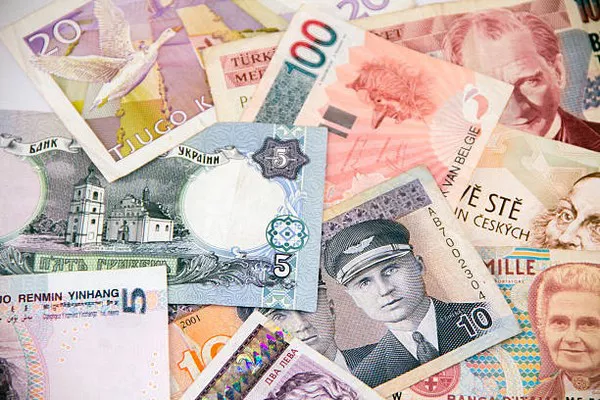GBP/USD remained range-bound during Friday’s Asian session, solidifying the move to over one-month lows following the previous day’s Bank of England (BOE) meeting. GBP/USD is now trading just above the mid-1.2600 level and looks vulnerable to extending its recent correction from multi-month highs around 1.2860 hit last week.
BoE Governor Andrew Bailey said on Thursday that official data showing inflation returning to the 2% target was “good news”. This could continue to weigh on the pound ahead of the July 4 UK general election and validate the bearish outlook for GBP/USD. On the other hand, the US dollar (USD) attempted to extend its strong gains from the previous day amid expectations that the Federal Reserve (Fed) will start a rate cut cycle in September. This, in turn, provided some support to GBP/USD.
From a technical perspective, bearish traders need to wait for selling to follow through below the 100-day simple moving average (SMA) support, currently around the 1.2640-1.2635 area, before entering a position. GBP/USD could accelerate its decline towards the 1.2600 mark as daily oscillators have just started to gain bearish momentum. GBP/USD could extend its decline to challenge the very important 200-day moving average (around 1.2560-1.2555) and then fall towards the psychological 1.2500 mark and the monthly swing low in May (around 1.2445).
On the upside, if GBP/USD attempts to rebound, it may face adjacent resistance near 1.2685, followed by the 1.2700 mark and the 1.2715-1.2720 supply zone. This is followed by resistance near the weekly high of 1.2740, which, if broken, could trigger a short-covering rally and push GBP/USD to the 1.2800 round number. A subsequent strengthening of GBP/USD would pave the way for a retest of the monthly swing high (around 1.2860), which would in turn pave the way for the yearly high reached in March (around 1.2900).


